Weighted Ball Training Gone Wrong
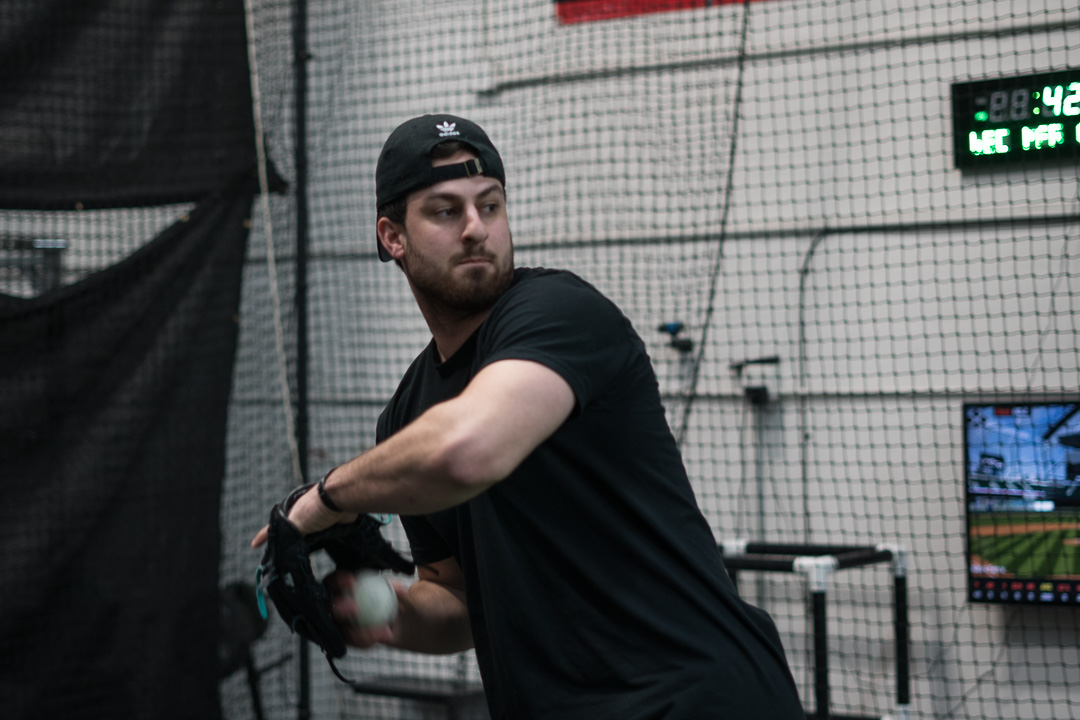
Weighted balls are a useful tool for developing velocity as part of a training program, however, as with any tool, the effectiveness is dependent on correct implementation. There are plenty of ways in which weighted balls can be used incorrectly.
Below are six often overlooked facets to a strong ‘weighted-ball’ program. Individually, each part contributes to the successfully planned program. Some parts overlap, but we will break it down to explain how each individual part contributes to the overall progress of the program.
No Screening or Assessment
Lacking any sort of physical screen or assessment is a big problem. Simply put, you cannot help a player if you don’t know that a problem exists.
There are a many different ways to screen athletes, and one of the more well-known screening programs is the Functional Movement Screen (FMS). The FMS is a great place for coaches to start if they are looking to start screening their athletes. But before they do, it is also important to understand what screening does and doesn’t do.
The FMS hasn’t shown much predictive ability with injuries, but that doesn’t mean that it doesn’t have any benefits. The truth is, the FMS was never intended to be an injury-prediction system.
The following is taken directly from functionalmovement.com (emphasis mine).
The purpose of the Functional Movement Screen is to:
- Set a movement baseline
- Identify major problems with basic movement patterns
Screening an athlete lets both the player and coach know of any movement issues that could possibly be addressed by mobility/stability work, weight-room programming, or treatment by a physical therapist.
If you screen an athlete and he is experiencing pain, it is not the screen’s place to diagnose why a player may be experiencing pain. It simply means that more steps should be taken by a qualified individual (physical therapist or athletic trainer) to create a plan for treatment.
I cannot emphasize enough that if one of your athletes has pain while completing a screen that they need to be seen by a physical therapist or school athletic trainer.
Even if you don’t prefer the FMS, there are still baseball-specific assessment tools that you can use. Measuring range of motion of dominant and nondominant arms, isokinetic strength with a dynamometer, and grip strength are a few examples of baseball-specific assessments. These assessments will allow coaches to individualized strength, stability, and mobility exercises for their athletes. Performance screens can also be done to get a better idea of their players athleticism.
Lastly, when screening athletes, it’s important to re-test to see if any positive or negative changes have occurred. A sample screening program may look like this:
Beginning of fall-ball: FMS and range-of-motion screen
End of fall-ball: re-test and compare
Beginning of January: re-test and compare
Right before first game: re-test and compare
Of course, you can also re-test at shorter intervals if time permits; in our free 8-week ebook we provide a simple three-exercise screen that can be re-tested every other week.
At Driveline we have consistently expanded our screening process to include more technology. But that doesn’t mean that coaches and players can find a useful screening program for themselves or their teams.
While trying to start screening your athletes can be overwhelming when looking at all the options, it is exceedingly important to start somewhere rather than waiting.
How to do screening poorly: Not screening at all or not having repeated screenings during the year.
How to do screening well: Start with a screening program and re-screen athletes at different times during the season. Have the same coach perform the screening process for reliability purpose.
No On-Ramping
In our latest Coaches Series, Justin James provided one of the best descriptors of on-ramping:
“On Ramping is just like getting on a freeway, you need to start slowly and build up speed before flooring it.”
Not on-ramping in a velocity program is similar to flooring your car to reach whatever speed you desire in order to go as fast as possible. It definitely isn’t appropriate for a velocity program.
On-ramping is the preparation needed to throw with weighted balls at high intent. It’s a way to slowly increase workload capacity rather than see a sharp increase all at once.
The concept of throwing 5-oz baseballs at submax intent (50-75% of RPE) for weeks before bullpens is identical to throwing weighted balls at submax intent for weeks before high-intent work
Baseball in general has issues with workload management and on-ramping whether you are using weighted balls or not. Athletes and coaches need to take time to build up throwing work capacity in order to throw hard.
As we’ve laid out in-house, in our free ebook, in our return-to-throwing program, and in other online trainings, there needs to be an appropriate time to get accustomed to throwing weighted balls. This on-ramping period consists on throwing weighted balls at submax intent (50-75% RPE) to get used to the different stimulus. The focus is on grooving movement patterns by using constraint drills and Plyo Ball ® first.
Our return-to-throwing program is intended to be used by athletes who are just starting to throw after taking time off. It’s a 31-day program that doesn’t include any high-intent running throws, but it does include constraint drills with Plyo Ball ®, long toss at various levels of perceived effort, and flat ground work at various intensities.
Our free 8-week ebook is intended for athletes who have already had some time throwing a baseball regularly and are looking to start throwing weighted balls. The first two weeks are considered the on-ramp portion. This means only throwing Plyo Ball ® at submax intent in order to get accustomed to weighted balls and an increased workload.
We highlight the importance of high-intent work, but much of the day-to-day work with weighted balls focuses on grooving movement patterns in constraint drills or using them for extended warm up at submax intent (50-75% RPE). On-ramping is necessary prep work for athletes to be allowed to perform high-intent work.
Bad way to on-ramp: Believing that the first week of a weighted-ball program should be high-intent throwing immediately.
Good way to on-ramp: Take into account the throwing load that your athletes have had in the last couple weeks, and make sure they spend time getting accustomed to throwing weighted balls at submax intent (50-75% RPE) before introducing high-intent velocity work.
No Warm-up
Former Driveline trainer and current Lake Erie head coach, Cam Castro, said this about warm-ups:
“In order for our guys to train efficiently they typically spend at least 50% of their training time on warm up and recovery…..If you think that velocity training or even training pitchers as a whole should not involved that volume of ‘tedious’ or ‘boring’ work, then you my friend are putting your pitchers at an exponentially higher risk of injury.”
Whatever your beliefs are about warming-up, it should be noted that just playing light catch or distance/time-restricted long toss isn’t enough of a warm-up.
Warming-up is something you should do before throwing every day. This should consistent not only of a full-body warm-up but also an arm-specific warm-up. Similar to completing an on-ramp before starting high-intent–weighted-ball throwing, you should complete a warm-up before throwing daily.
Well-thought-out warm-up and recovery protocols are an easy way to improve movement quality and practice basic movement patterns. Any warm-up isn’t something to just get through.
We consider arm-specific warm-up to include bands, wrist weights, shoulder tube, and Plyo Ball ® throws to prep for throwing.
We know that coaches and players are always dealing with time constraints for practice and pre-game schedule. This means that both coaches and players need to be efficient in their warm-ups.
Increasing intensity, intent, and focus of the warm-up can be a big benefit for coaches and players. If there is a severe lack of time, like 10 minutes, that frankly isn’t enough time for athletes to get properly prepared.
If this is the case, then both coaches and players should take a closer look at time management of their practice and pre-game plan. If more time can’t be made, then a weighted-ball program is not a good fit.
Along similar lines if you take a closer look at the programming that we offer, you will see that the majority of our time is not spent on high-intent throwing. Rather, significant time is spent on having a quality warm-up and recovery routine.
It would surprise a lot of people to see how long athletes in our gym spent time getting prepared to throw.
For an individual athlete, having a warm-up routine is vital to the long term success of that athlete. This doesn’t mean that the routine a pitcher has as a high schooler has to be his routine forever. It means that the athlete takes the time to understand exactly what he needs to do to prepare his body to pitching competitively that day.
One of the biggest gaps between amateur and successful professional athletes is the routines that they have to prepare themselves to pitch.
Bad way to warm-up: Having poor time and asset management that leaves athletes with a limited window to warm-up
Good way to warm-up: Introduce a warm-up plan for players on your team that includes both whole body and arm-specific warm-up.
No Recovery Routine
Recovery protocols can be broken down into two groups: active recovery and passive recovery.
Active recovery consists of post-throwing exercises, such as the post-throwing circuit that we have athletes complete in-house.
This includes jbands, band work, waiter walks, upward tosses, and rebounders. These are the exercises that we have chosen to be in our recovery circuit.
Passive recovery in this case can be considered rest time (programming and scheduled time off), recovery modalities (Marc Pro, Normatec, etc), and soft-tissue treatment (IASTM, Faktr, massage, etc).
Obviously this definition covers a wide range of things, some of which aren’t going to be available for every person and every team, and that’s ok.
Coaches and athletes should be able to use the tools that they have at their disposal to create the best recovery routine that they can.
An understated benefit of having a post-throwing recovery routine is that it can serve as a mental reset for a player. Good outing or bad, it gives the athlete something constructive to do after throwing that can help prepare him for his next outing.
“If you’re wanting to sling some weighted balls around but don’t think that spending that much time on prep / recovery is all that necessary – than your development isn’t all that likely.” – Cam Castro
Bad way to recover: Not having a recovery routine for a pitcher to follow after working out of pitching in a game.
Good way to recover: Having a set recovery routine that a pitcher can follow when he is done working out or pitching in a game.
Poorly Programmed High-Intent Days
First off, high-intent velocity days (pulldowns or Plyo Ball ® velos) are only truly meant for offseason work. Pitchers get more than enough high-intent work by pitching in games during the season.
There are two ways that programming high-intent days can go wrong.
The first worst-case scenario: no assessment, little-to-no warm-up, little-to-no recovery, no time spent on-ramping and throwing high-intent velocity into a team’s schedule.
If you don’t assess your athletes, you won’t know if there are any potential problems that should be addressed.
If you don’t on-ramp, you are increasing your players workload without the proper amount of time.
Without an extensive warm-up, you aren’t preparing your players well to throw that day.
Without a recovery protocol you aren’t preparing your players well to throw the rest of that week.
All of those things are especially important since recent research has shown pulldowns to be slightly more stressful than pitching. We’ve since found similar results in-house.
The second worst-case scenario: assessing your athletes, having a warm-up and recovery protocol, on-ramping athletes and throwing more than two high-intent velocity days per week.
Both of these options are too much high-intent volume for an athlete to handle.
This is probably the most alarming of trends that has appeared recently. As fun as pulldowns or high-intent Plyo Ball ® days are to watch, they should not be done without proper programming.
For reference, our return-to-throwing program includes no weighted-ball pulldowns, and our 8-week ebook contains one day a week for pulldowns. Our more advanced programming in HTKC will include two high-intent days in the offseason.
Similar to weightlifting, it isn’t the heavy lifting days that make you stronger; rather, it’s getting the proper rest and recovery after heavy lifting.
The same concept can be applied to high-intent throwing.
Bad way to program: Programming 3+ velocity days a week of pulling down with assessing, doing warm-up, recovery, and on-ramping
Good way to program: Take the time of year into account and schedule proper rest protocols. Pulldowns are only to be used during certain periods of the offseason and should not be done in-season.
No Weightlifting
Weighted balls have been shown to help-velocity development but they are far from being their own training program. Weightlifting is a major part of being a successful baseball player.
Though it has been stigmatized greatly, there are few situations where not getting stronger is beneficial for an athlete. Weight training is vitally important to pair with any sort of velocity training.
Exercise choice aside, weightlifting programs should focus on covering the main movement patterns:
Pull (upper body)
The volume of all of these depends on whether an athlete is in-season or out of season, but these are basic movement patterns that should be practiced year round.
It’s important to note that just like how weighted-ball programing changes from whether or not an athlete is in or out of season, weight-training programming changes as well.
We have written on how a coach can build a team’s in-season training plan (Part I, Part II, Part III) and more specifically how you can build in-season training routines for pitchers (Part I, Part II). The focus is how how you can balance volume and intensity.
Not to mention, again, that the programming of these exercises year round is also vitally important. Is benching really bad for you, or is it bad that you’ve never been taught the proper technique and like to bench four times a week?
Bad way to weight lift while throwing weighted balls: Not having a lifting program at all, not keeping track of your workouts
Good way to weight lift while throwing weighted balls: Having a program that you can stick to for both weightlifting and throwing weighted balls
Conclusion
Weighted baseballs are a great tool for improving a pitcher’s performance, but a complete pitcher-development program does more than just throw weighted balls. A well-rounded approach to program planning is needed to set up the athlete for success. A program using high-intent weighted ball throws without the added benefits of these six steps will not see the desired results.
This article was written by Associate Researcher Michael O’Connell
Now that you have a better understanding of how to properly develop velocity with weighted baseballs, check out the other articles we’ve written on velocity development here.
Comment section
Add a Comment
You must be logged in to post a comment.
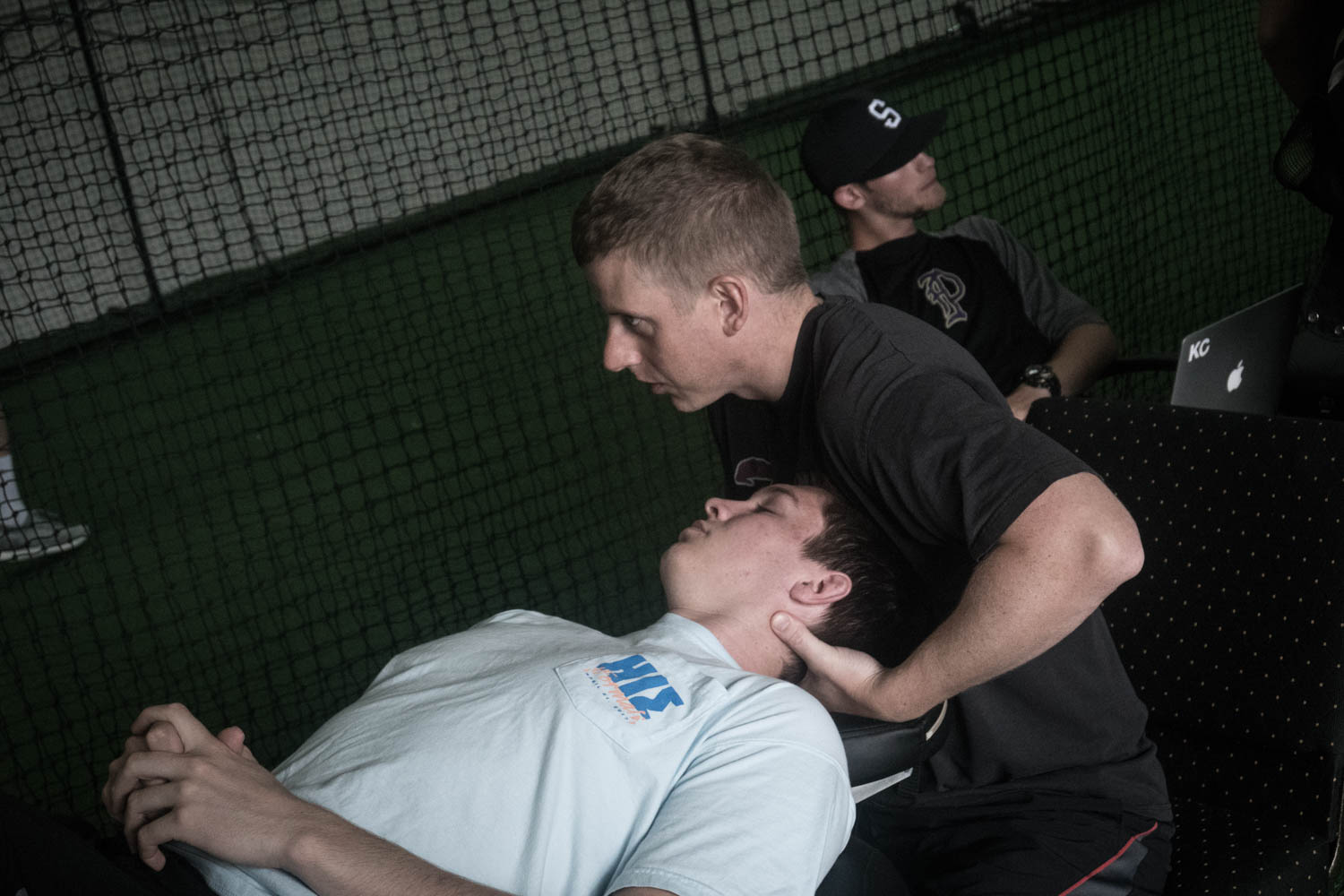
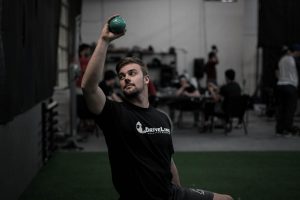
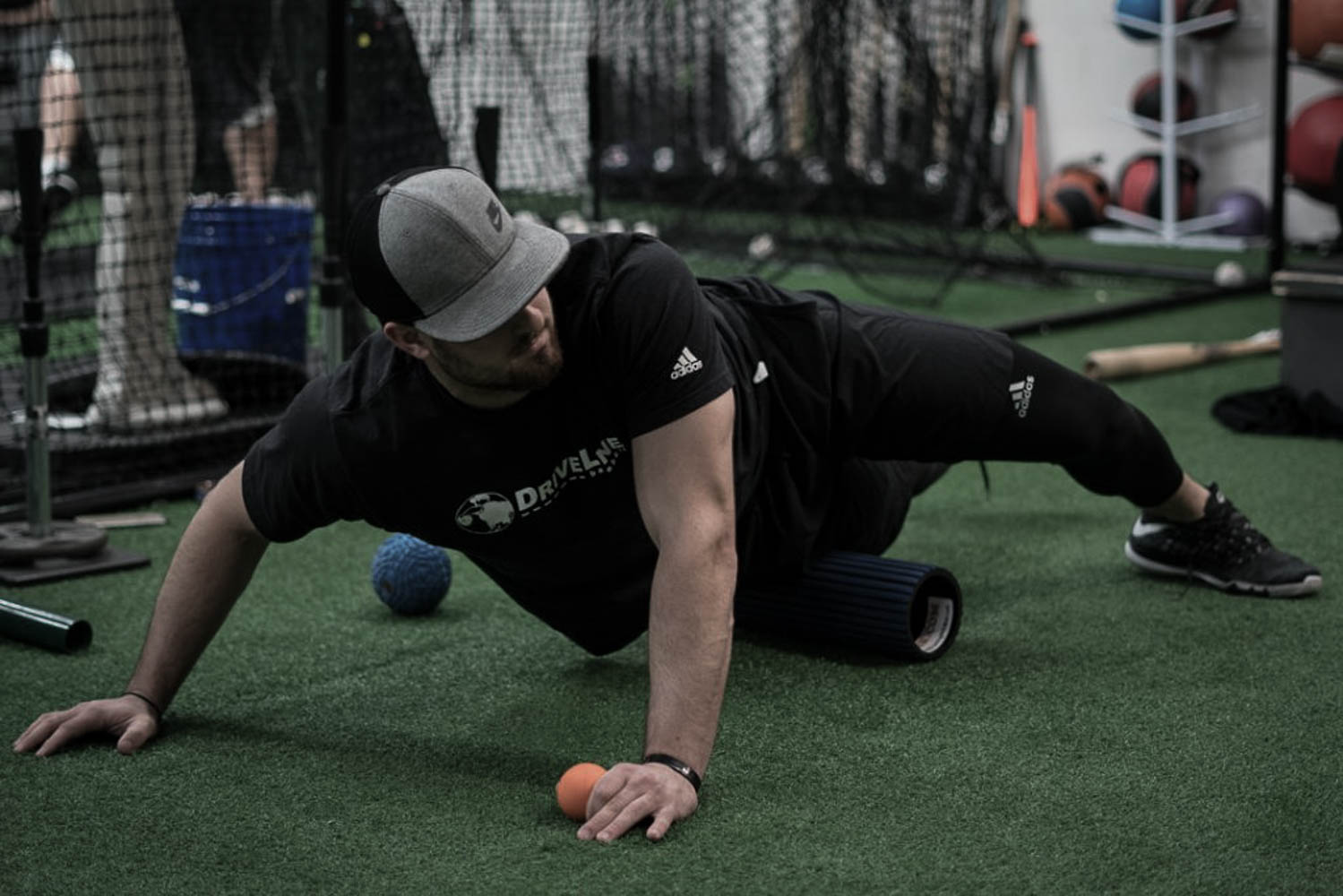
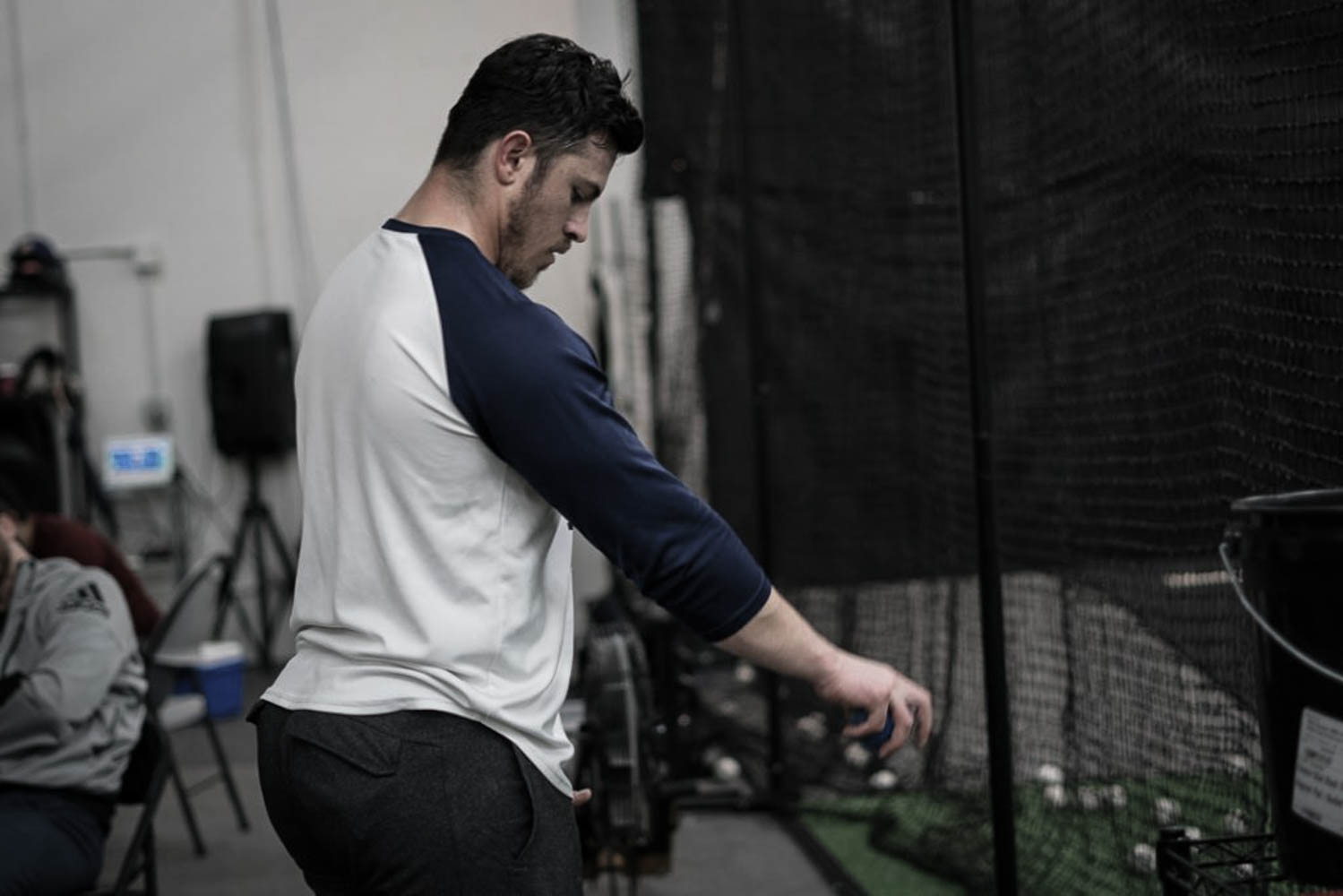
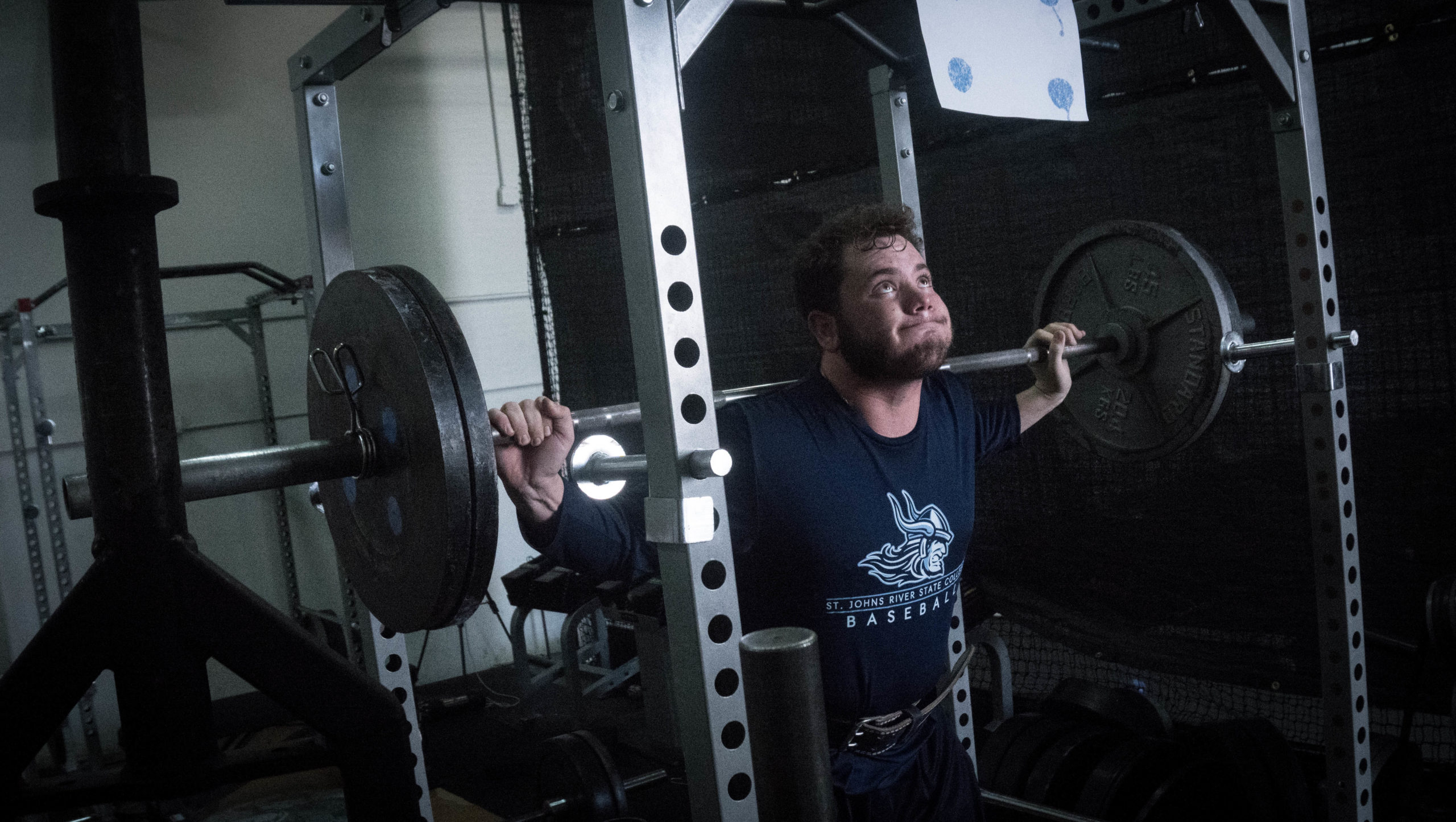
4 Great Reasons To Throw Weighted Baseballs - Driveline Baseball -
[…] Update December 2017: Weighted baseballs can be a great training tool but they can be used incorrectly if you believe that all you need to do to improve is perform pulldowns. […]
Pulldowns: The What, Why, and When - Driveline Baseball -
[…] We see pulldowns as a key component to building velocity and intent, but all athletes need to have their mobility, strength, and arm care work as a solid foundation first. […]